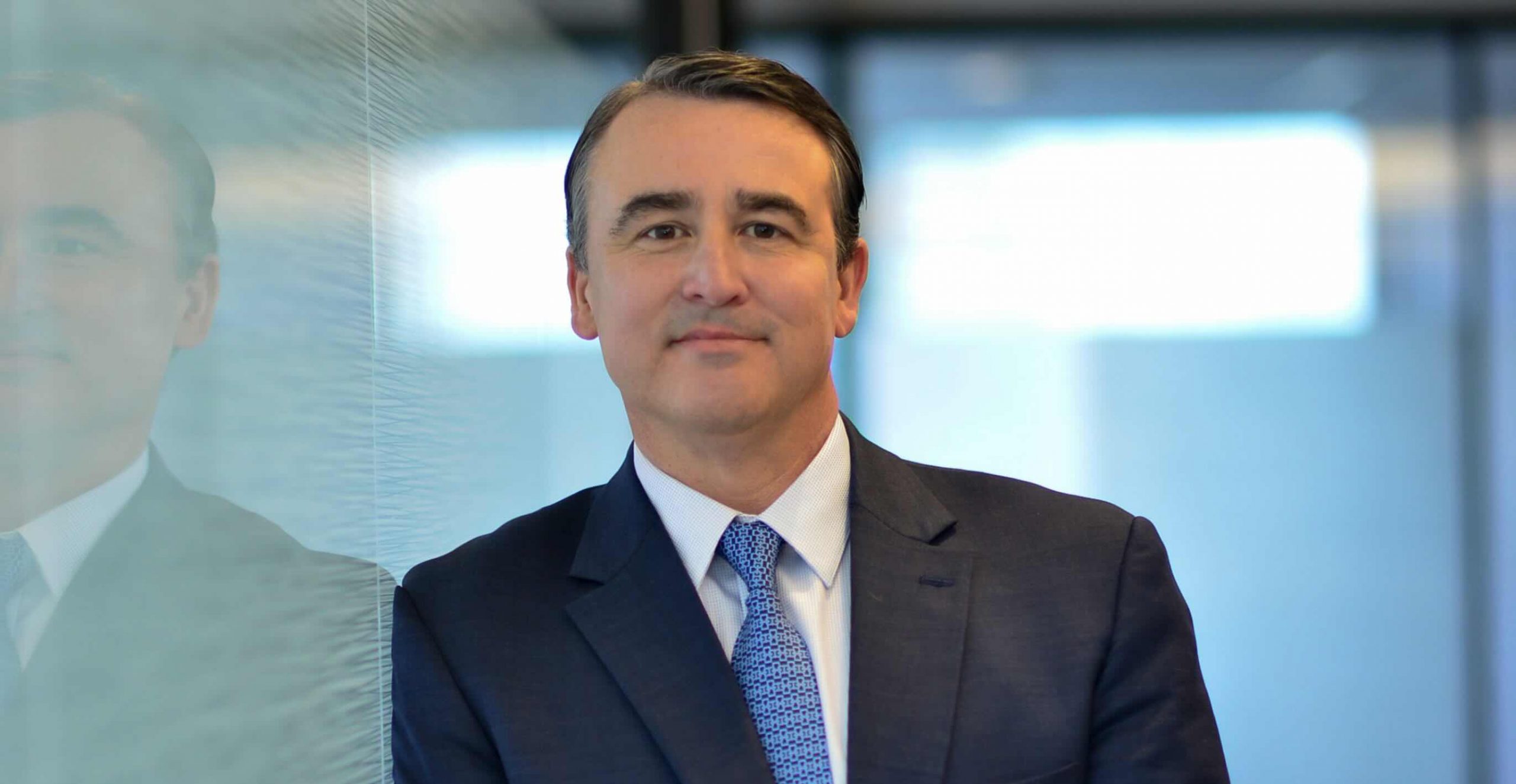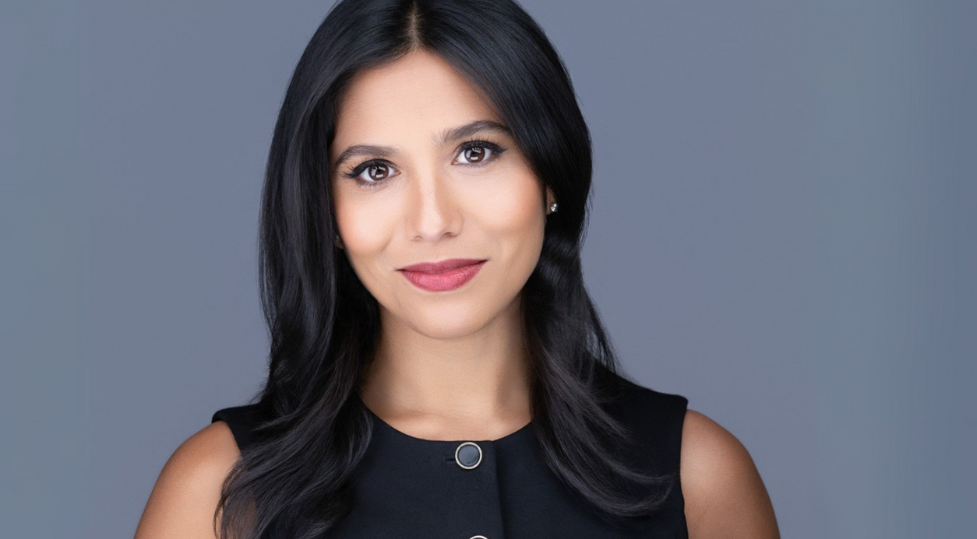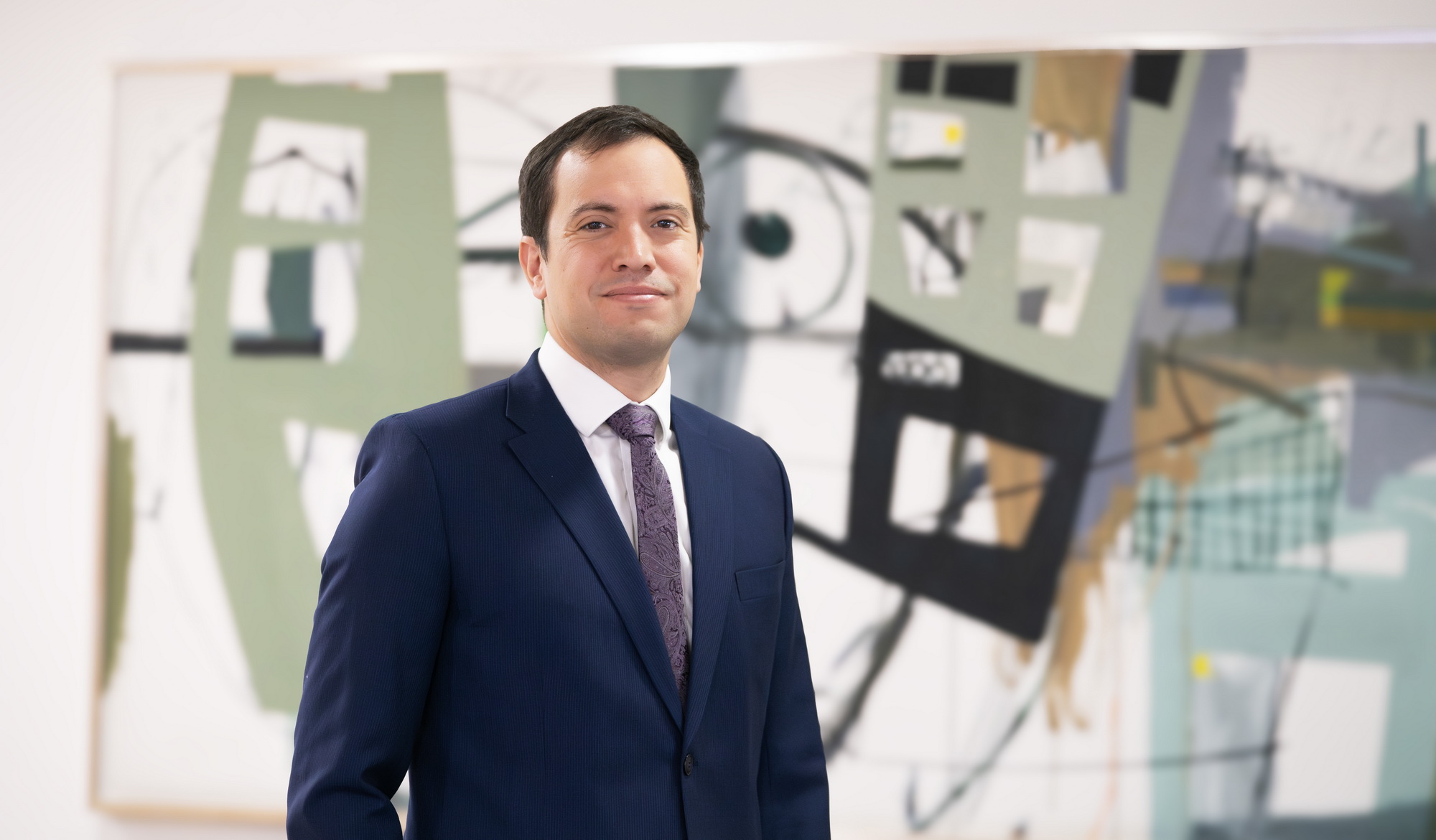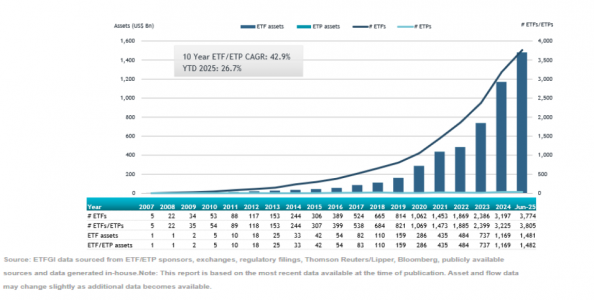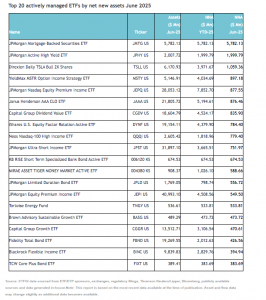Is 2026 the Year to Increase Exposure to India?
| By Marta Rodriguez | 0 Comentarios

While the U.S. has gained weight in global indices, now accounting for nearly 70% of the MSCI World Index, the downside is that other major economies have become underrepresented. India is a clear example: while the country contributes about 3.5% of global GDP (in nominal terms), it represents only around 1.9% of the MSCI All Country World Index (ACWI). “That gap highlights how global portfolios still do not reflect India’s economic weight and potential,” says Praveen Jagwani, Global Head and CEO of UTI International. Jagwani recently traveled to Spain with Altment Capital Partners to provide an update on the firm’s flagship fund, the UTI India Dynamic Equity Fund.
Although the expert acknowledges that India has begun to attract more attention in recent years, he insists that investments in its market remain inconsistent — “often driven by short-term sentiment rather than long-term conviction.” However, Jagwani argues, “history supports the case for patience: over the past 25 years, Indian equities have generated approximately 1,750% returns in U.S. dollars, compared to roughly 640% for U.S. equities during the same period.” He also highlights India’s low correlation with global equities and its solid growth fundamentals, suggesting that “a 10–15% allocation to India within a global or emerging markets equity portfolio is likely to provide significant diversification and enhance long-term returns.”
The Indian stock market has been one of the few able to consistently close positive over the past decade. Do you expect 2025 to be another positive year? What are your forecasts for 2026?
In India, earnings growth is the main driver of market returns. Whenever earnings growth slows, markets also tend to pause. Over the past five quarters, earnings momentum has moderated due to a combination of global uncertainties: trade frictions related to tariff policies, tight liquidity, cautious monetary conditions, and a temporary slowdown in government capital expenditure ahead of elections.
That said, conditions are now turning favorable. Liquidity has improved, monetary policy has eased, the monsoon season was good, and recent reforms — such as the rationalization of the GST rate and cuts in personal income tax — are beginning to show early signs of a demand recovery. 2025 started on a weak note, but the market seems to be catching up as it prices in these positives.
Markets, with their tendency to look ahead, often move before the data reflects it. We’re already seeing early signs that momentum is returning. While 2025 may end modestly positive, we expect 2026 to be a much stronger year for Indian equities as earnings growth regains traction.
How does this market strength affect valuations?
At around 21 times forward P/E, Indian equities are not cheap, particularly in mid- and small-cap segments. Large-cap companies appear relatively better valued.
Historically, Indian markets have rarely appeared cheap when judged purely by price-to-earnings multiples relative to global peers. A more meaningful way to assess valuations is through growth-adjusted multiples — that is, price relative to earnings growth. On this basis, India does not appear overvalued. If earnings growth accelerates as expected, the market’s valuation premium will look more justified. And as always, markets tend to anticipate this inflection long before it appears in the numbers.
What structural trends are supporting the strong performance of Indian equities?
India’s growth is deeply structural. Almost 60% of GDP comes from domestic consumption, with a per capita income of only about USD 2,800. With one of the world’s youngest populations and a large working-age base projected to remain favorable until at least 2050, India’s demographic and consumption story still has a long runway.
Political stability has also helped sustain reforms. Regardless of which party is in power, there has been a consistent focus on economic growth and infrastructure development. This continuity of intent — rare among large economies — has fostered investor confidence.
At the macroeconomic level, India has become more resilient: foreign exchange reserves are near record highs, the fiscal deficit is trending lower, and monetary policy remains disciplined. Domestic investors have also become a powerful stabilizing force. In previous years, foreign outflows strongly impacted markets; now, strong domestic inflows more than offset them.
The percentage of the Indian market held by domestic investors remains low — around 6% of household financial assets, compared to over 40% in the U.S. — implying significant room for participation to increase. Few large economies can offer this combination of scale, stability, and untapped growth potential.
Critics say Indian ETFs remain expensive compared to other parts of the world. Is this market a good “hunting ground” for active managers? Do you expect it to remain that way in the near future?
Absolutely. India remains fertile ground for active managers. The diversity, complexity, and dynamism of Indian companies create broad scope for fundamental analysis to add value.
Unlike more efficient developed markets, India continues to be a stock picker’s market: more than half of listed companies have little or no analyst coverage, and even among major names, earnings forecasts vary widely. This information gap allows skilled managers to uncover mispriced opportunities, particularly among mid- and small-cap firms.
For example, several high-quality Indian companies have traded at seemingly “expensive” valuations — often above 40–50x earnings — for over a decade, yet have continued to deliver superior shareholder returns because their growth has consistently compounded. Recognizing and holding such businesses through cycles requires conviction and an understanding of long-term fundamentals — something only active managers can truly do.
Moreover, most passive products focus on large-cap indices, leaving much of the market underrepresented. As India’s economy evolves, sectoral shifts, policy changes, and market breadth will continue to create performance dispersion — an environment where active skill, not just index exposure, drives returns.
Can you explain your analytical process in detail?
Our investment process is entirely bottom-up — every idea starts with the company, not the market. We are fortunate to have one of the largest equity research teams in India, which allows us to cover all sectors comprehensively and stay close to the companies we invest in.
We use a proprietary framework called ScoreAlpha, which helps us evaluate companies on two key pillars: consistency of operating cash flow and return on capital employed. It’s our way of quantifying quality and identifying long-term wealth creators early.
But numbers tell only part of the story. A large part of our conviction comes from direct company engagement — ongoing dialogue with management, suppliers, distributors, and customers. These interactions add context and color to the data, helping us understand not just what a company does, but how it does it.
Thus, our process combines rigorous financial analysis with on-the-ground insights — blending data and dialogue to build a deep, differentiated understanding of every business we invest in.
As a result of this process, how is your portfolio currently positioned? Where are your strongest convictions?
Our current portfolio reflects the themes we believe define India’s long-term growth story. We are heavily overweight in consumption, which remains the most powerful and reliable engine of India’s economy. The expanding middle class is not only growing in size but also in aspirations, spending more on discretionary categories like personal care, packaged foods, travel, and lifestyle products.
There is also a cultural rhythm to Indian consumption that is often overlooked — from festive and wedding-season spending to social celebrations — these recurring cycles sustain demand across sectors and income groups. Our goal is to capture this evolution through companies capable of consistently compounding earnings across categories and price points.
Beyond consumption, we hold high-conviction positions in healthcare and information technology, both of which have long structural runways. Healthcare is benefiting from rising penetration, greater awareness, and increased affordability, while India’s IT sector remains a global leader in digital transformation and enterprise tech services.
In essence, our portfolio is anchored in the twin engines of India’s aspiration and innovation: consumption that reflects rising living standards, and sectors like healthcare and IT that showcase India’s global competitiveness.
Are Indian equities well protected from the new trends of deglobalization, geopolitical risks, and the U.S. tariff policy shift?
To some extent, no market can remain completely insulated in today’s interconnected world. However, India has demonstrated remarkable resilience and a degree of decoupling from global equity trends in recent years. The correlation between Indian and U.S. equities has steadily declined to around 0.25–0.30, one of the lowest among major emerging markets.
This resilience largely stems from India’s domestically oriented economy. Exports — including goods and services — account for about 22% of GDP, compared to over 35% in China and 45% in South Korea. In contrast, private consumption accounts for nearly 60% of India’s GDP, making domestic demand the dominant growth driver. That’s why even when global trade slows, India’s corporate earnings and market performance tend to remain comparatively stable.
That said, global developments still influence sentiment. Events like new tariff policies, geopolitical tensions, or changes in U.S. monetary policy can trigger temporary phases of risk aversion, affecting foreign investor flows. But structurally, India remains better insulated than most emerging markets, supported by strong domestic demand, diversified trade relationships, a growing manufacturing base, and rising self-sufficiency in key sectors like electronics, energy, and defense.
What risks could affect your asset class?
Currently, U.S. tariff policy is the biggest overhang, especially given the potential ripple effects on export-linked sectors like IT and specialized manufacturing. However, recent discussions suggest that effective tariffs may be set around 15–16%, below the initially proposed 50%, a level that would still keep India competitive relative to other emerging economies.
Beyond trade-related uncertainty, the key risks are mostly domestic:
- Earnings disappointments if the consumption recovery stalls or government capital expenditure slows,
- Persistent inflation delaying monetary easing,
- Liquidity withdrawal or sustained cash outflows, and
- Sharp corrections in mid- and small-cap stocks after the recent rally.
These are short-term considerations, but the long-term structural case for India remains intact.

